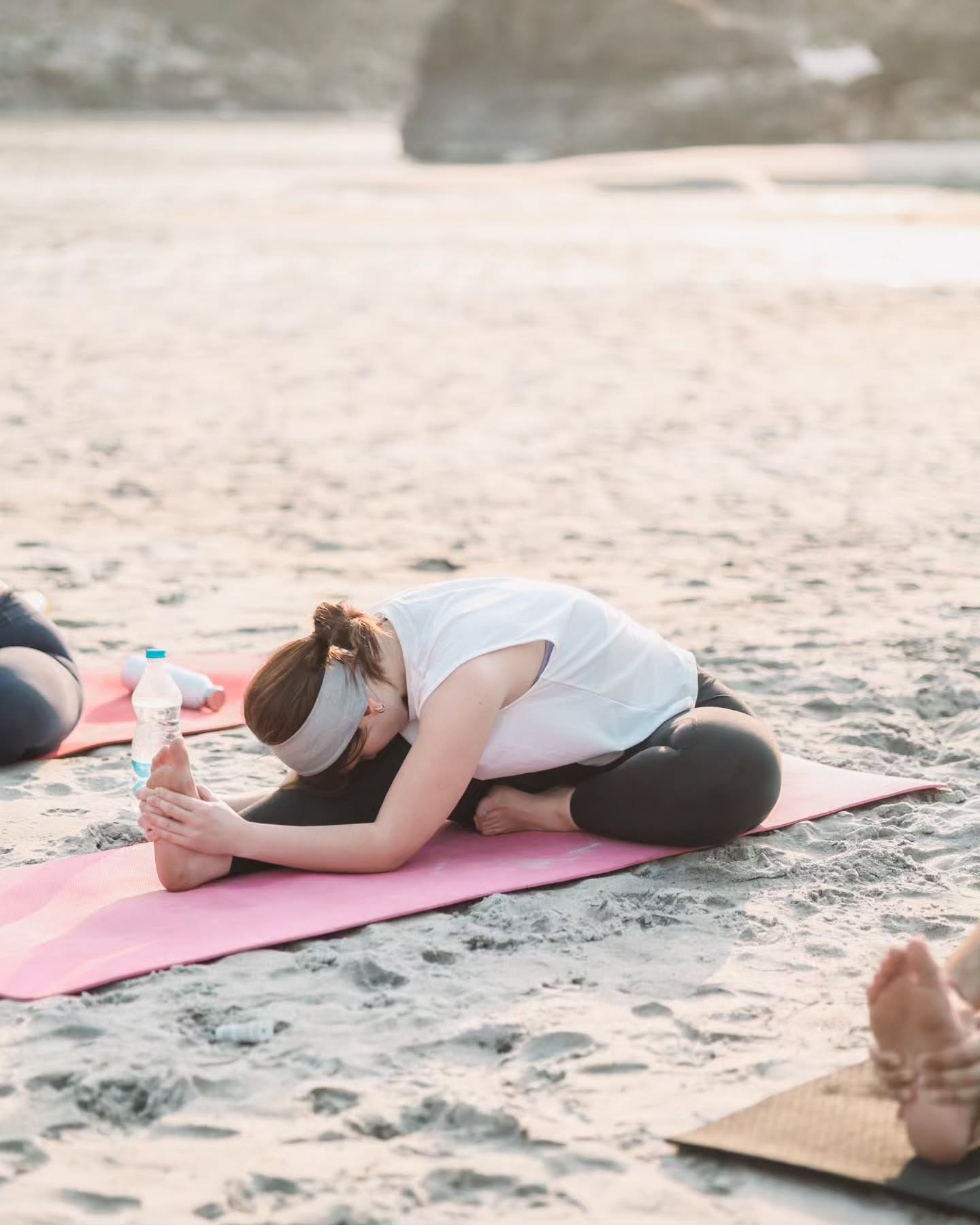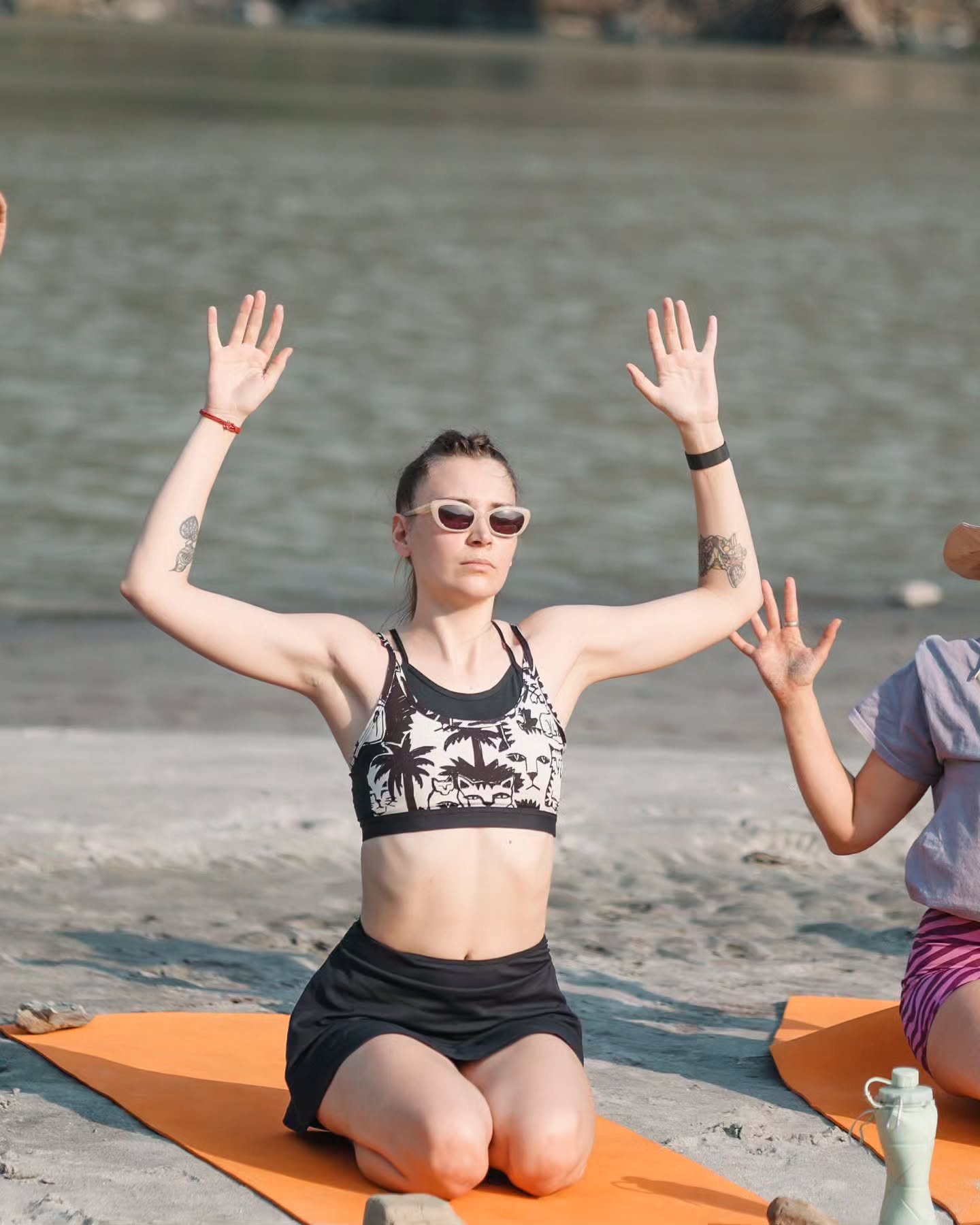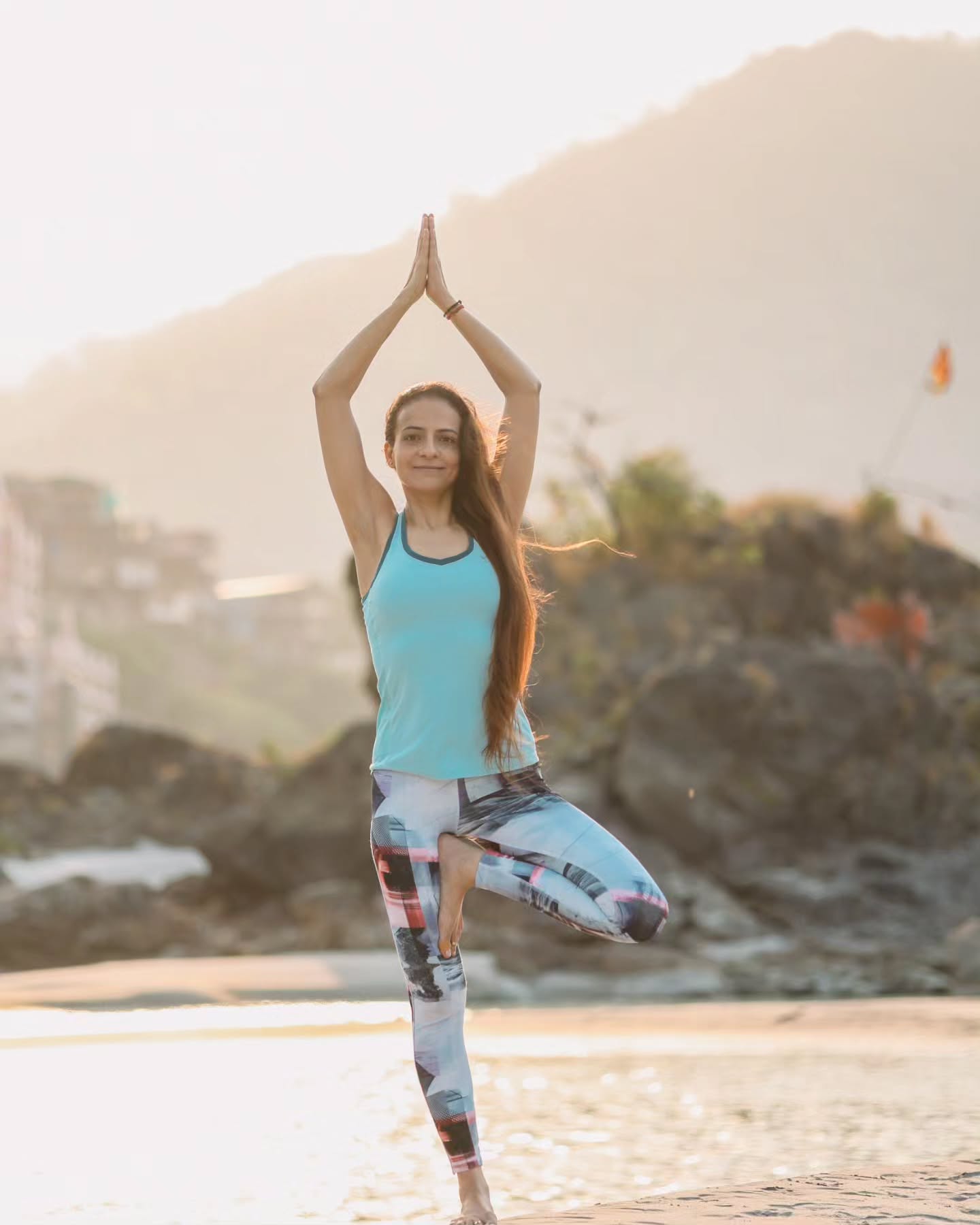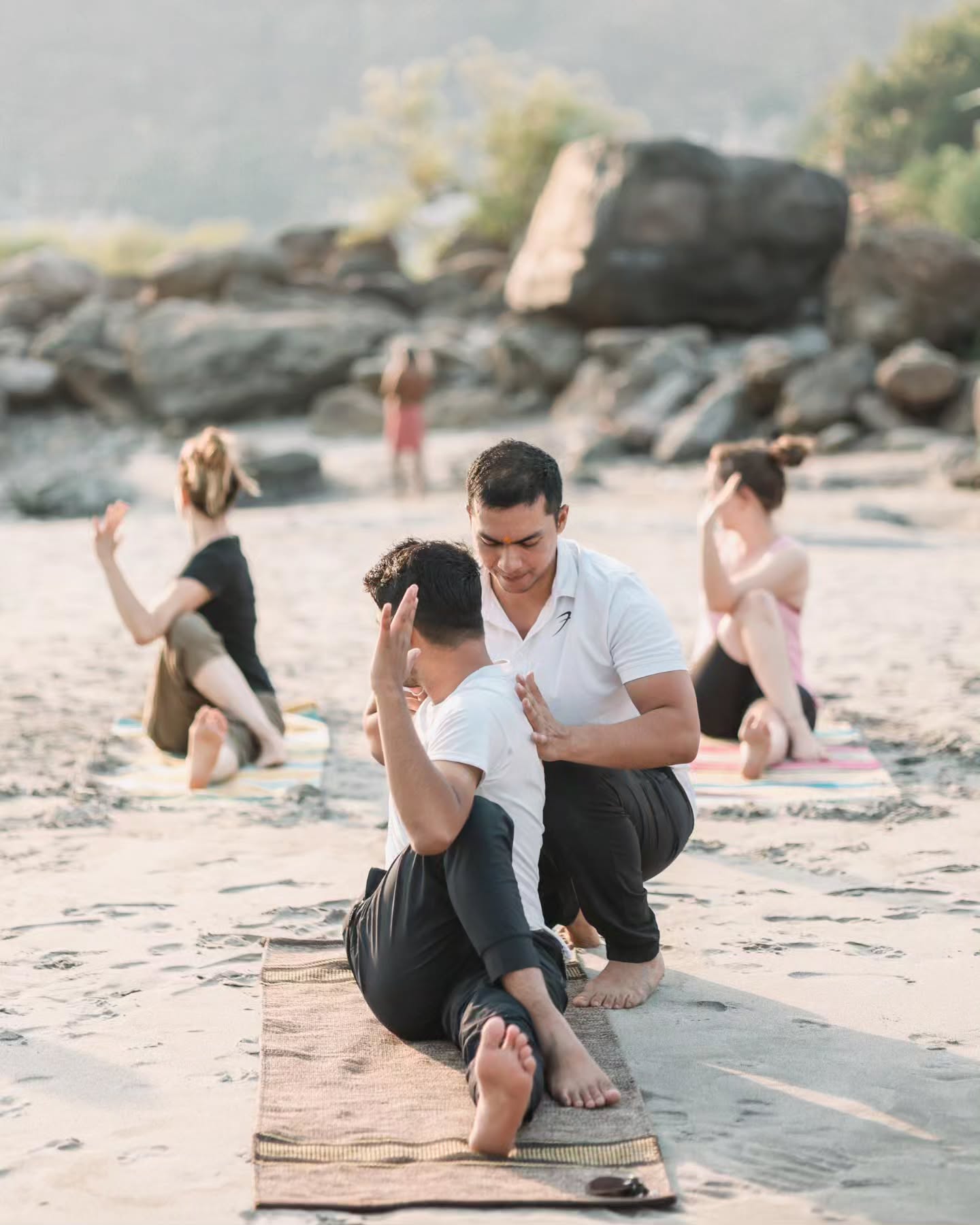Waking up can be hard, especially when your body feels stiff, your mind is foggy, and you have a long day ahead. Instead of grabbing your phone or rushing for coffee, imagine starting your day with gentle stretches that awaken your body and calm your mind. That’s the power of morning yoga.
Practicing yoga in the morning helps you feel energized, focused, and ready to take on whatever comes your way. Even 10–15 minutes of simple yoga poses can make a huge difference in your physical and mental well-being.
In this article, we’ll explore the best morning yoga poses to wake up your body naturally — no equipment or fancy space needed. Just you, your breath, and your mat.
Why Do Yoga in the Morning?
Before we dive into the poses, let’s understand why morning is the best time for yoga:
1. Boosts Energy Naturally
Yoga increases blood circulation and stimulates your nervous system. It gets your energy flowing, helping you feel alive and refreshed without caffeine.
2. Reduces Morning Stiffness
Our muscles and joints can feel tight after a night’s sleep. Yoga stretches and loosens the body, making movement smoother and more comfortable.
3. Improves Focus and Mood
Morning yoga includes breathing exercises and mindfulness, which reduce stress and improve mental clarity. You start your day with a calm and clear mind.
4. Sets a Positive Tone
Even a short yoga session helps you begin the day with purpose and positivity. It becomes a moment of self-care before diving into responsibilities.
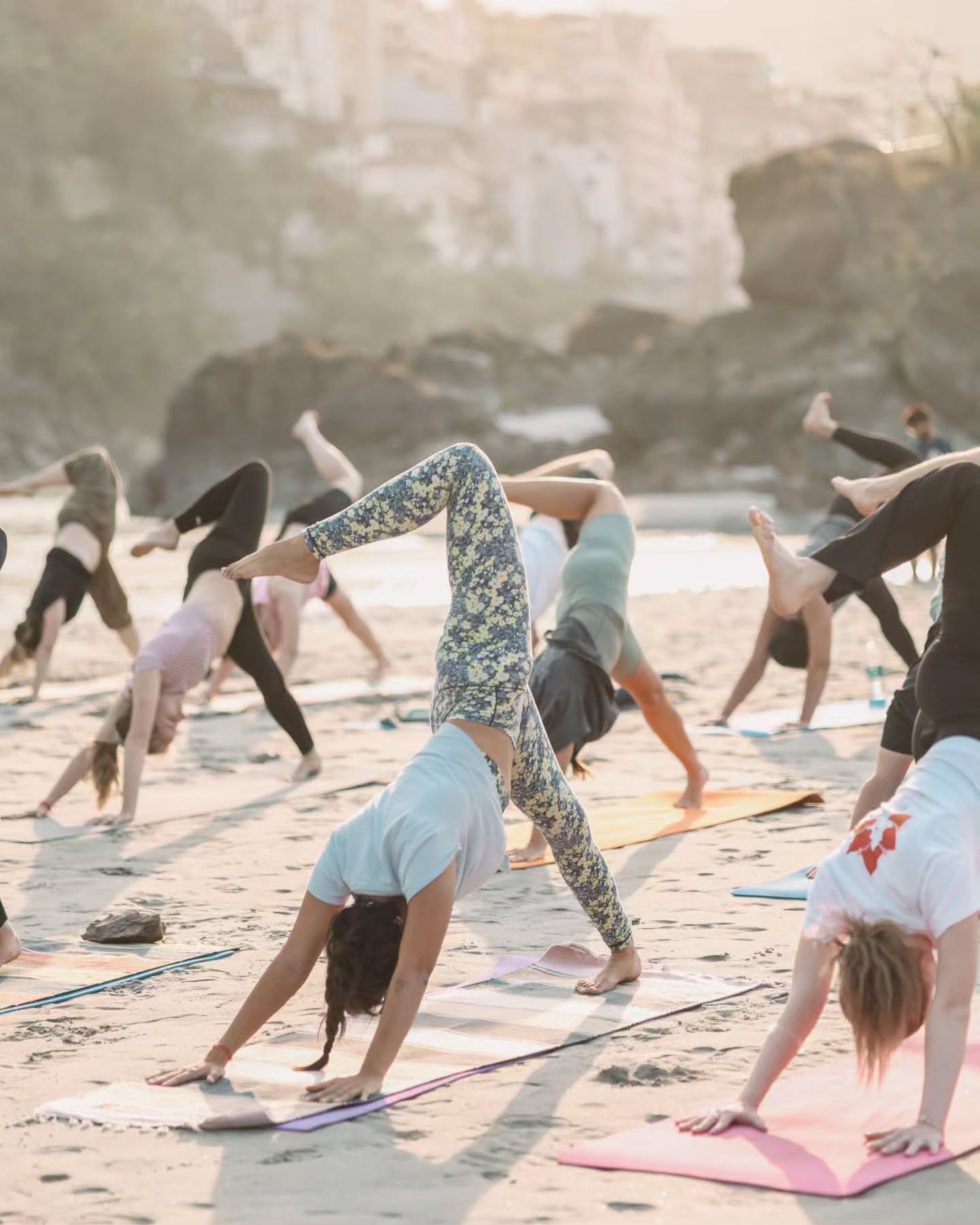
Tips Before You Begin
- Practice on an empty stomach or after drinking a glass of water.
- Wear comfortable clothes and find a quiet spot.
- Start slow — it’s okay if your body feels tight.
- Breathe deeply through your nose and match your breath with each movement.
- Use a mat or practice on a soft surface.
10 Morning Yoga Poses to Wake Up Your Body Naturally
These poses are beginner-friendly and can be done in sequence as a 10–20-minute routine. Hold each pose for 30 seconds to 1 minute, or longer if it feels good.
1. Child’s Pose (Balasana)
Why: This resting pose gently stretches your back, hips, and thighs. It calms the mind and soothes the nervous system.
How to Do It:
- Kneel on the mat with your big toes touching.
- Sit back on your heels and stretch your arms forward, lowering your forehead to the mat.
- Breathe deeply and relax your whole body.
Modification: Place a pillow under your chest or forehead if it feels too intense.
2. Cat-Cow Pose (Marjaryasana-Bitilasana)
Why: This dynamic flow warms up the spine and massages your internal organs. Great for relieving back and neck stiffness.
How to Do It:
- Start in a tabletop position with your hands under shoulders and knees under hips.
- Inhale, arch your back, and lift your chest and tailbone (Cow Pose).
- Exhale, round your spine and tuck your chin (Cat Pose).
- Repeat for 5–10 breaths, moving slowly.
3. Downward-Facing Dog (Adho Mukha Svanasana)
Why: This classic pose stretches the entire back body — shoulders, hamstrings, calves — while strengthening arms and legs.
How to Do It:
- From tabletop, lift your hips toward the ceiling, forming an inverted “V” shape.
- Press your hands into the mat and keep your spine long.
- Keep your knees slightly bent if your hamstrings are tight.
Tip: Pedal your feet one at a time to loosen up your legs.
4. Standing Forward Fold (Uttanasana)
Why: Helps release tension in the spine, hamstrings, and calves. Increases blood flow to the brain and brings a sense of calm.
How to Do It:
- Stand with feet hip-width apart.
- Inhale, raise your arms up, then exhale and fold forward from your hips.
- Let your head hang and relax your arms.
- Bend your knees if needed.
5. Mountain Pose (Tadasana)
Why: Though it looks simple, this pose builds awareness and improves posture. It sets the foundation for a mindful day.
How to Do It:
- Stand tall with feet together, arms by your sides.
- Engage your thighs, lift your chest, and lengthen your spine.
- Bring your palms together in prayer or keep them relaxed.
Focus: Take 3–5 deep breaths while standing tall and still.
6. Sun Salutation (Surya Namaskar) – Modified
Why: A flowing series of poses that energizes the entire body. It connects breath with movement and warms up all muscle groups.
How to Do It (Simplified):
- Start in Mountain Pose.
- Inhale, raise your arms overhead.
- Exhale, fold forward.
- Inhale, lift halfway up with a flat back.
- Exhale, step back into Downward Dog.
- Inhale, lower knees to the mat and move into Cobra.
- Exhale, back to Downward Dog.
- Step forward, inhale halfway lift, exhale fold.
- Inhale, return to standing.
Repeat 2–3 rounds.
7. Cobra Pose (Bhujangasana)
Why: Opens the chest and strengthens the lower back. Excellent for countering slouching and waking up your upper body.
How to Do It:
- Lie on your stomach with hands under your shoulders.
- Press into your hands, lift your chest, and keep elbows close.
- Avoid straining your neck — gaze slightly forward or down.
8. Low Lunge (Anjaneyasana)
Why: A deep hip opener that stretches the front of the body and strengthens the legs.
How to Do It:
- Step your right foot forward between your hands.
- Lower your left knee to the mat.
- Inhale and lift your arms overhead, opening the chest.
- Repeat on the other side.
9. Seated Twist (Ardha Matsyendrasana)
Why: Gently wakes up the spine and aids digestion. Helps detoxify the body.
How to Do It:
- Sit with your legs extended.
- Bend your right knee and place the foot outside the left thigh.
- Twist to the right, placing your right hand behind you.
- Inhale to lengthen, exhale to twist deeper.
10. Legs Up the Wall (Viparita Karani)
Why: A relaxing pose that improves circulation, reduces swelling, and calms the nervous system.
How to Do It:
- Lie down with your hips close to a wall and legs extended upward.
- Let your arms rest by your sides, palms up.
- Close your eyes and breathe slowly.
Hold for 2–5 minutes to end your morning yoga peacefully.
Morning Yoga Routine (Sample 15-Minute Flow)
Here’s how you can combine the above poses for a smooth sequence:
- Child’s Pose – 1 min
- Cat-Cow Pose – 1 min
- Downward Dog – 1 min
- Standing Forward Fold – 1 min
- Mountain Pose – 30 sec
- 2 Rounds of Modified Sun Salutations – 4 min
- Cobra Pose – 1 min
- Low Lunge (both sides) – 2 min
- Seated Twist (both sides) – 2 min
- Legs Up the Wall – 2 min
Additional Morning Yoga Tips
- Listen to your body: Don’t force any pose. Ease into your stretch.
- Be consistent: Even 5 minutes daily is better than 1 hour once a week.
- Combine with breathwork: Try a few deep breaths or alternate nostril breathing after your yoga practice.
- Use affirmations: Set a positive intention like “I am calm and focused today” while in Mountain Pose or Legs Up the Wall.
Conclusion
Starting your day with yoga is a beautiful gift to your body and mind. These morning yoga poses not only awaken your muscles but also bring a deep sense of peace and balance. Whether you’re a busy professional, student, or stay-at-home parent, carving out just a few minutes for mindful movement can help you move through your day with more energy, patience, and purpose.
So tomorrow morning, instead of reaching for your phone, reach for your mat. Your body will thank you.
